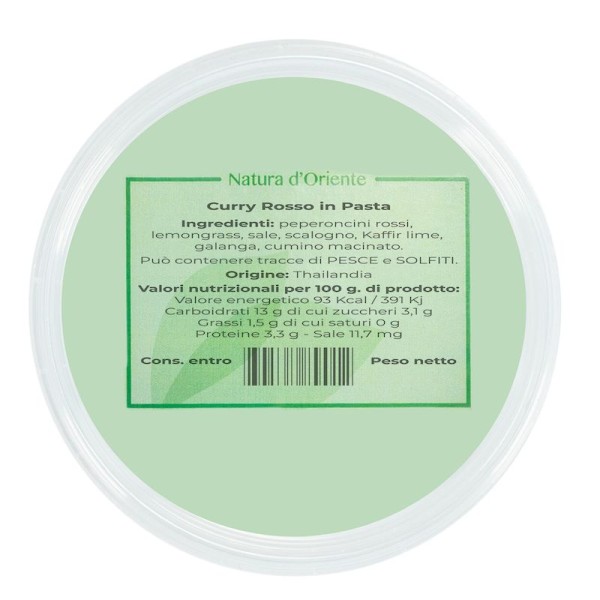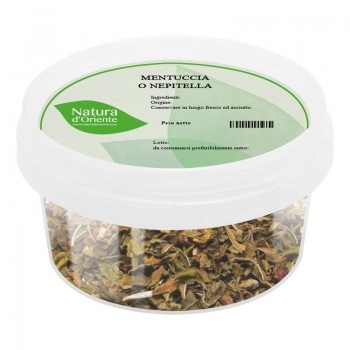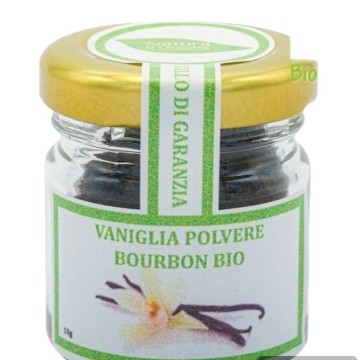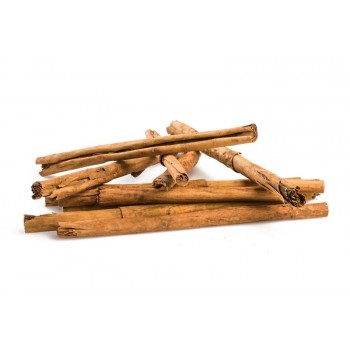This paste spice combination is made from a blend that also includes herbs such as lemongrass and galangal (Thai ginger). The spiciness and red color come from dried red chili peppers, blended with aromatic elements for a perfect balance of flavors and spiciness.
A particular ingredient in Thai red curry paste is galangal or galanga. It resembles ginger with a more citrusy flavor, and a texture that gives the curry paste a grainy texture. Together with kaffir lime it gives a complex profile to the paste, fresh and tangy notes that give dishes a balanced dimension in heat.
It includes other flavorful elements, with spicy and earthy notes, full-bodied like shrimp paste and dried chili pepper that adds heat.
As a key ingredient in Thai red curry paste, shrimp paste (called Belacan) makes this recipe authentically Thai.
Thai Red Curry Paste is a favorite among Thai and Oriental cooks, as well as many European cuisines, to which it adds a unique flavor and medium-high heat. It can be used as a seasoning for fried foods, as a base for soups, and with coconut milk to create a delicious Thai curry.
What spices are contained in Thai Red Curry Paste
The blend combines 10 spices and ingredients for a decidedly unique exotic flavor.
Garlic gives the palate a strong and pungent flavor; a strong note that enhances the more intense notes of chili pepper.
Galangal is the oriental spice that gives a pungent flavor, sweet-spicy notes reminiscent of pepper and ginger. Its strong aroma can evoke lemon.
The chili pepper unleashes the most intense spicy flavor of the paste, stimulating the senses with a provocative and energetic heat effect.
The lemongrass is reminiscent of lemon in its aroma and fresh flavor, with a sour and pungent aftertaste. Its contribution is intensified with delicate scented notes reminiscent of rose. Cumin gives a pungent but delicate flavor; its warm and slightly sweet aroma can release toasted notes.
The shrimp paste is a typical Thai creamy element, with a spicy and umami flavor, with a little saltiness and aromas of the sea.
The shallot shows a delicate flavor reminiscent of onion and garlic; slightly aromatic, it gives a note of sweetness to the paste.
The kaffir lime (or combava) gives a sour and astringent taste, and a citrus scent with notes of rose and jasmine.
The tomato condenses the ingredients of the curry paste, gives a slightly acidic flavor and strengthens the red pigment, providing a base of flavor.
How to use Thai Red Curry Paste in cooking
Red curry paste is convenient and versatile, to be included in the preparation of dishes. It allows you to obtain excellent meat and fish dishes, and you can add a spoonful of this red paste as a condiment to flavor first and second courses, especially meat and vegetables. It gives a superior aromatic essence, a tasty heat to soffritti, marinades and curries. The game of flavors of red curry paste is that of a perfect balance. It adds a medium, lingering heat to dishes, with a rich, deep flavour. Thai red curry paste is traditionally mixed with coconut milk, the fat of which helps to take the edge off the heat. The paste can also be added to the pan when cooking fish and vegetables, as they soften, to add a spicy heat. The intense flavour of the seasoning becomes more pronounced when used for frying in oil.
Thai Cuisine: Red curry paste brings exotic aromas and flavours to the table, with the hearty texture of Thai and Southeast Asian cuisine. It is used to create the typical red curry noodles with prawns, enriched with carrots, chilli, coriander and lime. It can be added to Thai mango rice or other traditional dishes such as fish cakes.
Savoury Recipes: It is successfully used to flavour fried foods and as a base for soups – for example, pumpkin with red curry. Excellent paste for enhancing the flavor of roasted or stewed vegetables such as cabbage, carrots and peppers. It is also used in pasta recipes, on pickled cucumbers and onions, in red curry vinaigrette. Versatile for adding flavor to pan-fried tofu, vegetarian curries, many rice recipes. It intensifies the flavor of potatoes and egg dishes, with a unique flavor to experiment with.
Meat and fish: The paste makes a great Thai meat curry, perhaps with chicken and seafood curry, with beef, sausages or braised duck. In fish dishes, it is also used for the classic shrimp stir-fry served with jasmine rice.
Sauces: This paste is used with broth or coconut milk, but can also be combined with yogurt or mayonnaise to make tasty sauces for salads or vegetables; useful for a special egg custard.
The dark red pigment of the curry paste makes dishes bright and colorful - just a teaspoon is enough.
Red meat curry
Ingredients: 300 g thin slices of veal or beef (lean cut) - 3 aubergines cut into quarters and then into slices - 50 g ginger cut into very thin strips - 1 tablespoon Thai red curry paste - 2 tablespoons Thai fish sauce - 1 tablespoon brown sugar - 4 tablespoons peanut oil (or sunflower or corn) - 2.5 dl thick coconut milk plus two tablespoons - 30 g basil (Thai if you can find it) - 1 tablespoon soy sauce - 4 tablespoons chicken stock or water Preparation
Pour the 4 tablespoons of oil into a wok, and when it is hot add the curry paste. Fry for 1 or 2 minutes. Pour a quarter of the coconut milk and the meat and sauté for 2 minutes. Add the sliced aubergines, the green pepper and sauté everything. Complete with the ginger. Sauté everything again. Now add the two soy and fish sauces, the broth and the remaining coconut milk, mix well. If you like, serve over Jasmine rice.
Origins and History of Thai Red Curry Paste
Red curry is a variant of Thai curry, a different condiment from Indian curry - it also contains fresh ingredients in addition to dried spices. Red curry comes as a thick sauce, similar to a paste. In Thai and Southeast Asian cuisine, curry paste is usually prepared on the spot with shallots, garlic, ginger and chili pepper; it can be more or less spicy and there is no single recipe. The quantities of the ingredients are adjusted to your tastes by changing the quantities of spices. Red curry is commonly used in the preparation of so-called “curry” dishes, soups and stir-fried recipes. The history of these spices dates back to about the 4th century, when Indian merchants began trading with local Buddhist missionaries. This interaction began the evolution of curry recipes in Thailand. Recently, a cultural effort has been undertaken to distinguish the various Thai red, green and yellow curries – which has helped popularize Thai food around the world. In addition to this red curry, due to the chili peppers used in its preparation, yellow curry takes its name from the bright color of turmeric. Both contain ingredients common to Thai cuisine such as ginger, lemongrass, garlic and cumin. The word “curry” was introduced by the British regarding Indian cuisine during the colonial period. It referred to the mixture of spices, always different in its composition depending on the regional recipes. In reality, it comes from the typical local dishes created with the spicy sauce “kari” (curry). From this name, Thai spices and curry paste are also called this.









 No reward points for this product.
No reward points for this product.















